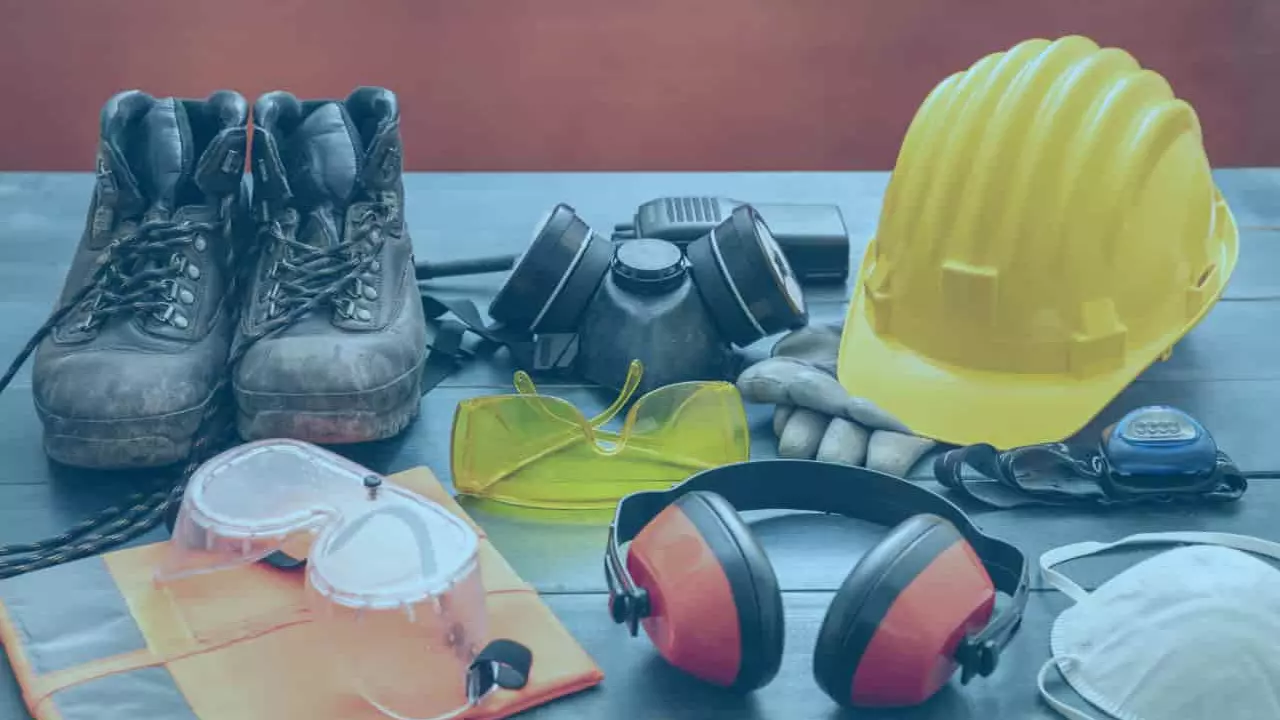Safety Equipment: The Gear That Keeps You Racing Safe
When you strap into a race car, the first thing on your mind should be speed, but the second thing is safety. The right safety equipment isn’t just a rule – it’s the difference between walking away and a serious injury. Below you’ll find the basics you need, why each piece matters, and how to keep it in top shape.
Core Gear Every Racer Needs
Helmet – Your head’s best friend. Look for a full‑face helmet that meets FIA or Snell standards. It should fit snugly without pressure points and have a clear visor for visibility. Replace it after any impact, even a minor one.
Racing Suit – A fire‑resistant suit (usually Nomex) protects you from flames. Choose a suit that’s rated for at least 30 seconds of exposure and fits close enough to stay in place during a crash.
Gloves and Boots – Both need to be fire‑retardant and offer grip. Gloves give you better control of the steering wheel, while boots protect your ankles and help you pedal accurately.
HANS Device – The Head and Neck Support stops whiplash by anchoring your helmet to your shoulders. It’s a small addition that saves lives, and most series won’t let you race without it.
Seatbelt & Harness – A 5‑point or 6‑point harness keeps you glued to the seat. Make sure the seat is fitted for your body type and that the straps are tight but comfortable.
Maintaining and Upgrading Your Safety Kit
Safety gear doesn’t last forever. Check helmets for cracks, soft spots in the foam, and worn straps after each race. Suits should be inspected for tears, burns, or loose stitching; a tiny hole can become a big problem under fire.
Gloves and boots also need regular checks. Look for worn-out palms, broken soles, or split seams. If you notice any damage, replace the item immediately – cheap fixes can cost you later.
Keep a log of when each piece was purchased and when it was last inspected. Most helmets have a 5‑year life span, while suits may last longer if stored properly away from sunlight and chemicals.
When it’s time to upgrade, think about fit first. A well‑fitted helmet reduces fatigue, and a suit that hugs your body improves comfort and safety. Don’t chase the newest brand; choose what passes the safety tests you need for your series.
Finally, practice putting on and taking off all your gear before a race weekend. Knowing how fast you can get into the car can shave seconds off your pit stop and reduces stress when the clock is ticking.
With the right safety equipment and a habit of regular maintenance, you can push the limits on the track while staying protected. Gear up, stay sharp, and enjoy the ride.

How could safety in motor sports be further improved?
Alright, buckle up folks and let's speed into the world of motor sports safety! Really, it's a fast-paced world, but hey, we're not aiming for any crash landings here! First off, better training is a no-brainer, right? Because, as fun as it is to zip around, understanding the vehicle dynamics is crucial! Next, we could seriously improve track conditions - because let's face it, nobody wants their ride to resemble a rollercoaster. And then, there's the modern tech like crash prediction software, that could be the saving grace, literally! So, let's put the pedal to the metal, but remember, safety first!